November 2021
Celebration!
Recent work
Marcus Bunyan (Australian, b. 1958)
Untitled
2021
From the series Resonance
In 2021, I celebrate 30 years of art practice with the creation of a new website, the first to contain all my bodies of work since 1991 (note: more bodies of work still have to be added between 1996-1999).
My first solo exhibition was in a hair dressing salon in High Street, Prahran, Melbourne in 1991, during my second year of a Bachelor of Arts (Fine Art Photography) at RMIT University (formerly Phillip Institute out in Bundoora). Titled Of Magic, Music and Myth it featured black and white medium format photographs of the derelict Regent Theatre and the old Victorian Railway’s Newport Workshops.
The concerns that I had at the time in my art making have remained with me to this day: that is, an investigation into the boundaries between identity, space and environment. Music and “spirit” have always been an abiding influence – the intrinsic music of the world and the spirit of objects, nature, people and the cosmos … in a continuing exploration of spaces and places, using found images and digital and film cameras to record glances, meditations and movement through different environments.
30 years after I started I hope I have learnt a lot about image making … and a lot about myself. I also hope the early bodies of my work are still as valid now as they were when I made them. In the 30 years since I became an artist my concerns have remained constant but as well, my sense of exploration and joy at being creative remains undimmed and an abiding passion.
Now, with ego integrated and the marching of the years I just make art for myself, yes, but the best reason to make art is … for love and for the cosmos. For I believe any energy that we give out to the great beyond is recognised by spirit. Success is fleeting but making art gives energy to creation. We all return to the great beyond, eventually.
Dr Marcus Bunyan
Each photograph in this posting links to a different body of work on my new website. Please click on the photographs to see the work.
Unknown photographer
Opening of Marcus Bunyan’s exhibition The Naked Man Fears No Pickpockets at The Photographers’ Gallery and Workshop, Melbourne, 1993 showing at left (behind the crowd) the photograph Richmond Steps 1993
1993
Polaroid
Ian Lobb (Australian, b. 1948)
Marcus 31/8/92 Taken by Ian Lobb at Phillip [Institute]
1992
Polaroid
Jeff Whitehead (Australian)
Marcus in his Fred Perry and Doc Martens with his Mamiya RZ67 on tripod with Pelican case on Jeff’s car, Studley Park, Melbourne
1991-1992
Colour photograph
The only photograph of me with my camera 30 years ago!
Marcus Bunyan (Australian, b. 1958)
Untitled
2017-2020
From the series Stones, Vaults, Flowers: Père Lachaise
Marcus Bunyan (Australian, b. 1958)
Untitled
2019-2020
From the series A Day in the Tiergarten
Marcus Bunyan (Australian, b. 1958)
Untitled
2019
From the series The Night Journey
Marcus Bunyan (Australian, b. 1958)
Untitled
2019
From the series Oblique
Marcus Bunyan (Australian, b. 1958)
Parc de Sceaux
2018
From the series Paris in film
War dreams 2007-2017
Marcus Bunyan (Australian, b. 1958)
Untitled
2013-2017
From the series The Shape of Dreams
Marcus Bunyan (Australian, b. 1958)
Untitled
2015
From the series Too Much of the Air
Marcus Bunyan (Australian, b. 1958)
Untitled
2013
From the series upside down
Marcus Bunyan (Australian, b. 1958)
Untitled
2011
From the series Vertical
Marcus Bunyan (Australian, b. 1958)
Untitled
2011
From the series The Symbolic Order (cartes de visite)
Marcus Bunyan (Australian, b. 1958)
Untitled
2010
From the series Missing in Action (red kenosis)
Marcus Bunyan (Australian, b. 1958)
Untitled
2010
From the series Missing in Action (dark kenosis)
Marcus Bunyan (Australian, b. 1958)
Untitled
2010
From the series Missing in Action (horizontal kenosis)
Marcus Bunyan (Australian, b. 1958)
Untitled
2009
From the series There but for the Grace of You Go I
Marcus Bunyan (Australian, b. 1958)
Untitled
2009
From the series The Shape of Dreams
Marcus Bunyan (Australian, b. 1958)
Untitled
2009
From the series Momentum
Marcus Bunyan (Australian, b. 1958)
Untitled
2008
From the series Cut and Thrust
Marcus Bunyan (Australian, b. 1958)
Untitled
2007
From the series Drone
Marcus Bunyan (Australian, b. 1958)
Untitled
2007
From the series Nebula
Transformations 1996-2008
Marcus Bunyan (Australian, b. 1958)
Untitled
2008
From the series Discarded Views
Marcus Bunyan (Australian, b. 1958)
Untitled
2008
From the series Last Stand
Marcus Bunyan (Australian, b. 1958)
Untitled
2007
From the series Wonders Never Cease
Marcus Bunyan (Australian, b. 1958)
Untitled
2007
From the series Unearth
Marcus Bunyan (Australian, b. 1958)
Untitled
2006
From the series Aporia
Marcus Bunyan (Australian, b. 1958)
Untitled
2005
From the series Photos My Mother Sent Me
Marcus Bunyan (Australian, b. 1958)
Untitled
2005
From the series No Man’s Land
Marcus Bunyan (Australian, b. 1958)
Untitled
2005
From the series Tokern
Marcus Bunyan (Australian, b. 1958)
Untitled
2005
From the series Inurtia
Marcus Bunyan (Australian, b. 1958)
VV – 09GI and NV – 17EP during a thunderstorm, Albury
2005
From the series Enclosure
Marcus Bunyan (Australian, b. 1958)
Bedtime
2004
From the series Neo_mort
Marcus Bunyan (Australian, b. 1958)
Untitled
2003
From the series Desideratum
Marcus Bunyan (Australian, b. 1958)
Untitled
2002
From the series Last Days at Karngara
Marcus Bunyan (Australian, b. 1958)
Untitled
2001
From the series The Wrestlers
Marcus Bunyan (Australian, b. 1958)
Button 2B
2001
From the series D O < R >
Marcus Bunyan (Australian, b. 1958)
Plane 6
2001
From the series Throw High and Hard
Marcus Bunyan (Australian, b. 1958)
Untitled
2000
From the series Thirdspace
Black and white archive 1991-1997
PLEASE VIEW THE BLACK AND WHITE ARCHIVE POSTINGS
Marcus Bunyan black and white archive 1991-1997
PLEASE VIEW THE BLACK AND WHITE ARCHIVE POSTINGS
Back to top



![Ian Lobb (Australian, b. 1948) 'Marcus 31/8/92 Taken by Ian Lobb at Phillip [Institute]' 1992 Ian Lobb (Australian, b. 1948) 'Marcus 31/8/92 Taken by Ian Lobb at Phillip [Institute]' 1992](https://artblart.files.wordpress.com/2021/11/ian-lobb-marcus-phillip-institute-1992.jpg?w=650&h=649)



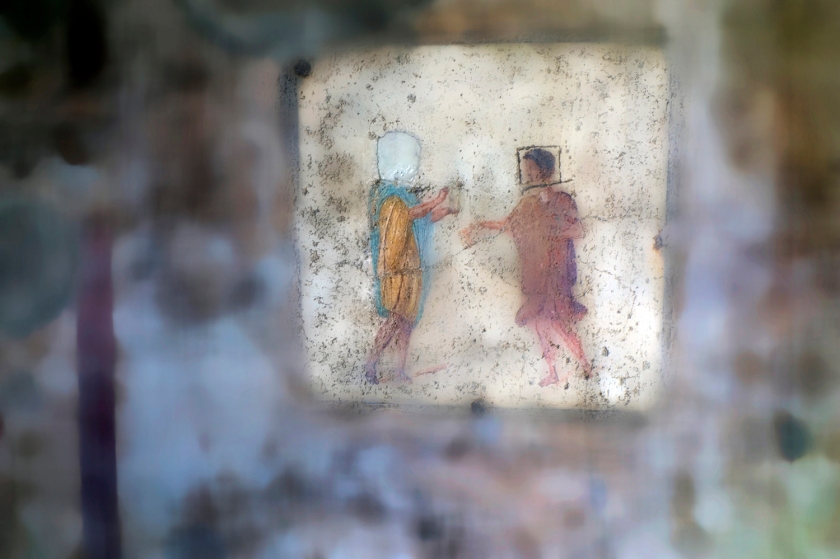
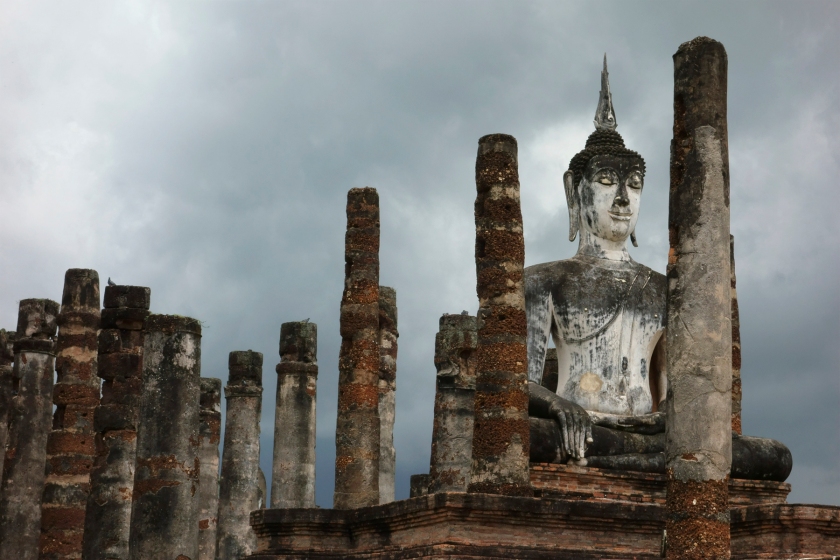







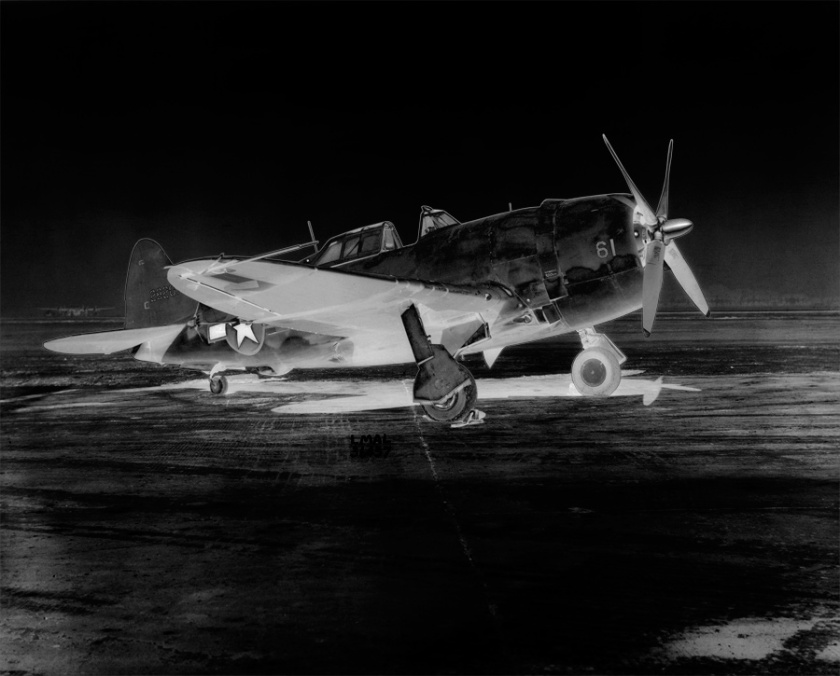

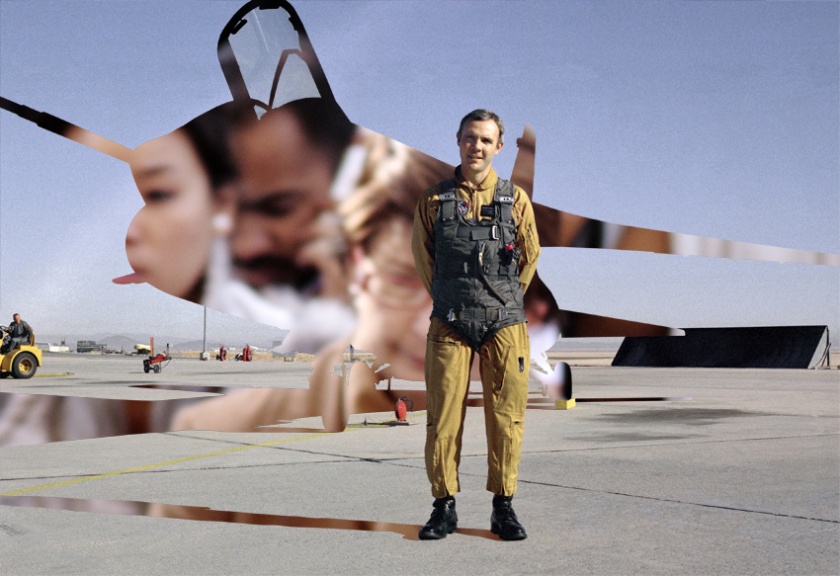







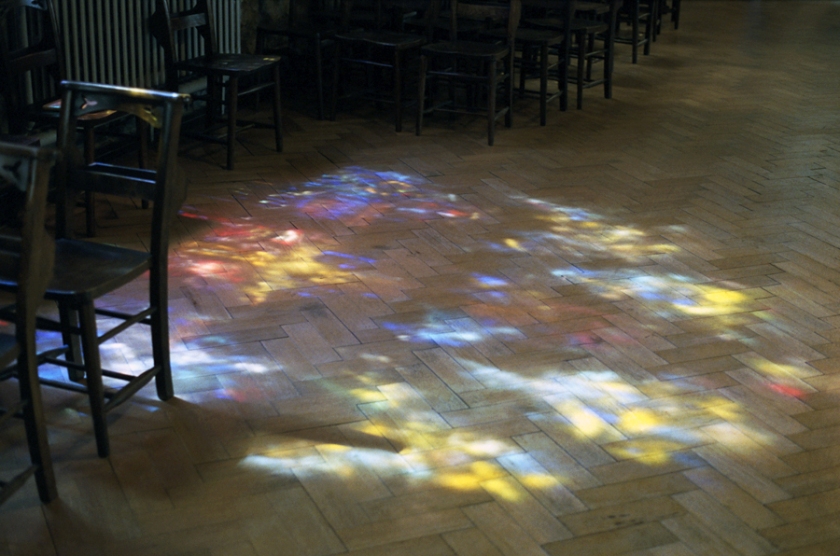


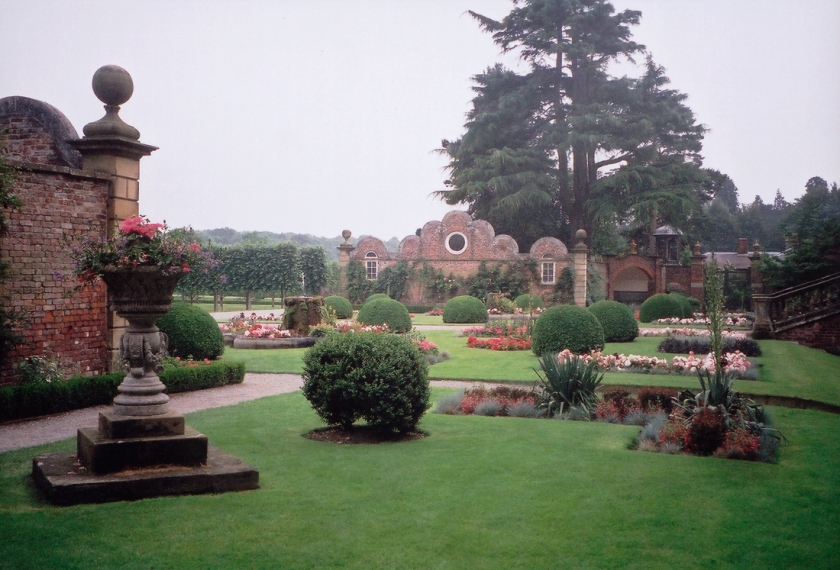

































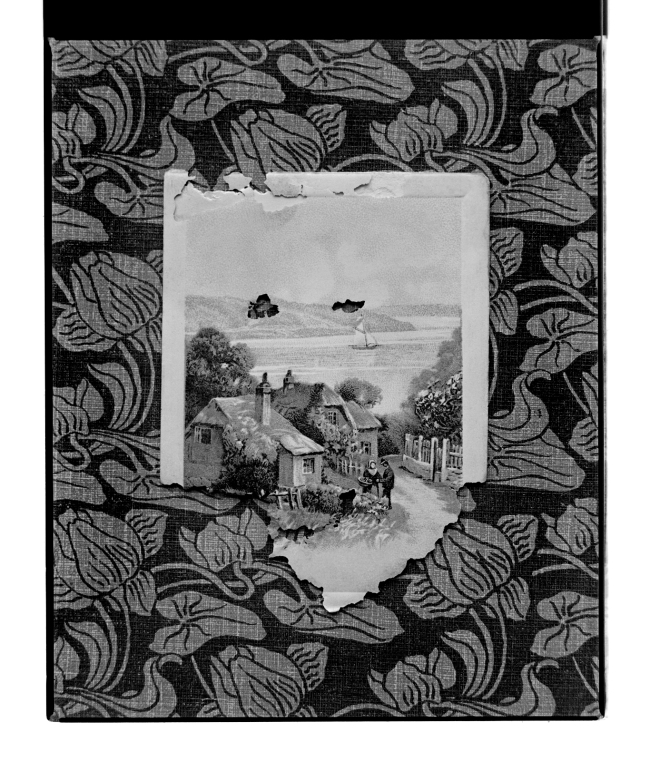
















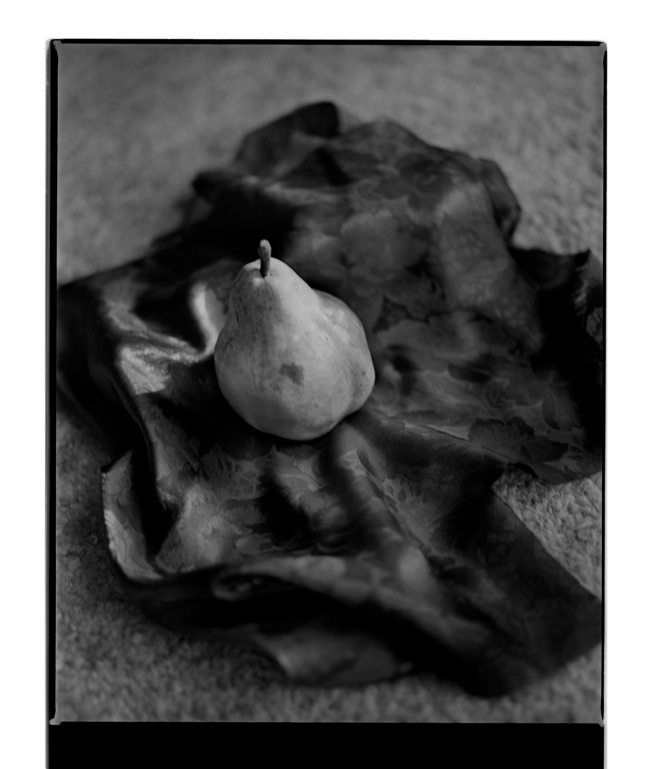

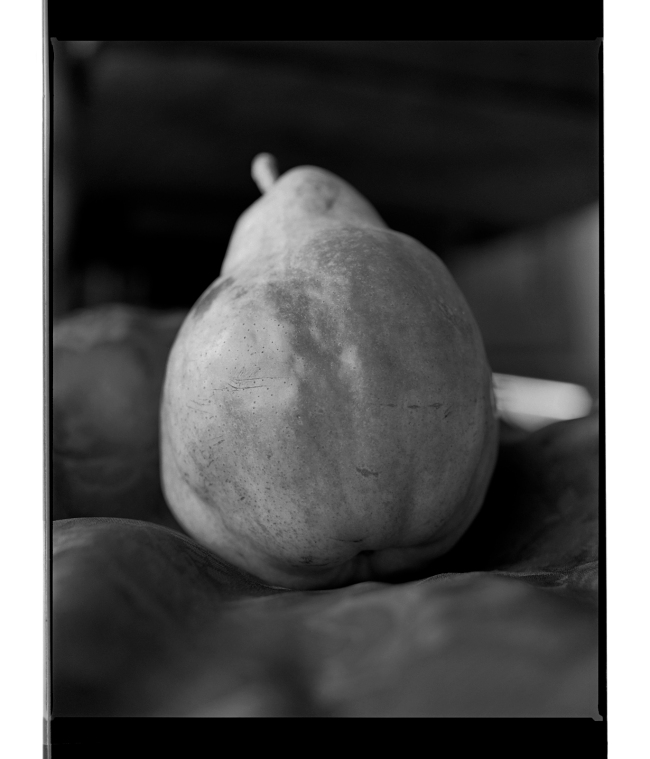




























































































































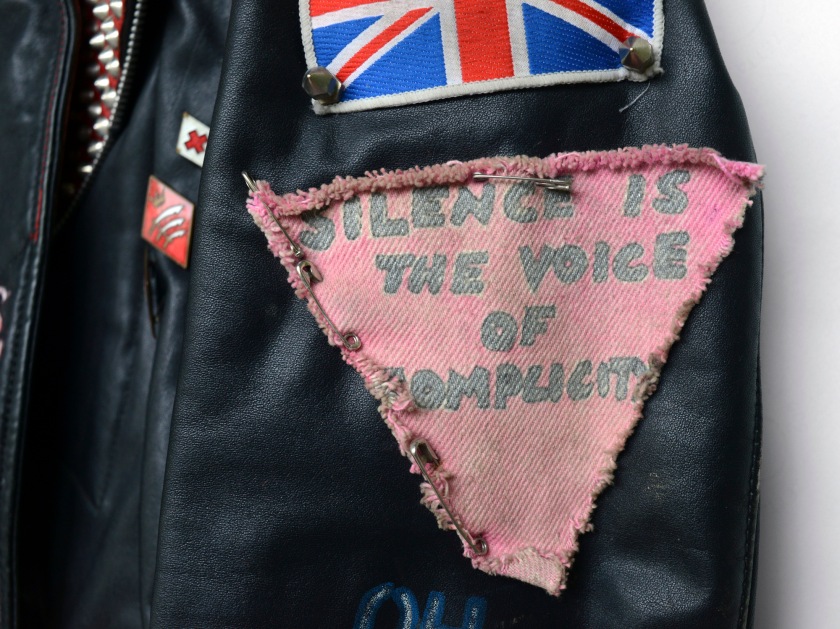


















































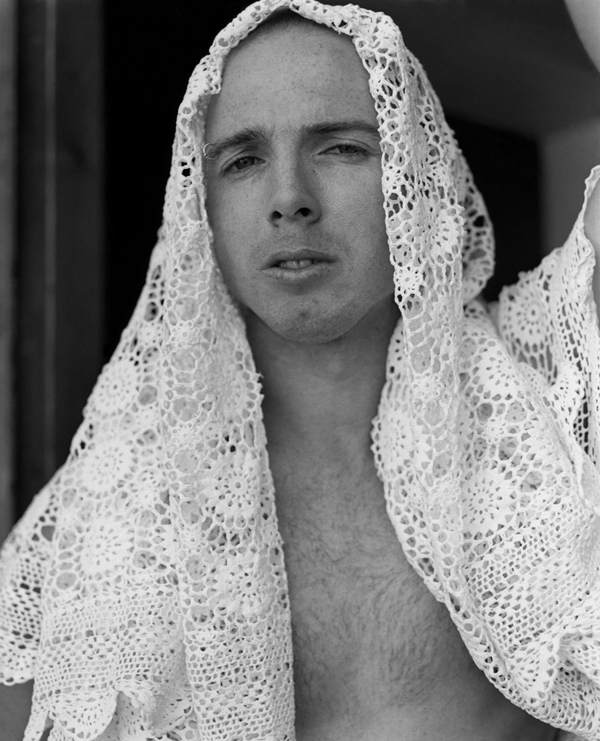



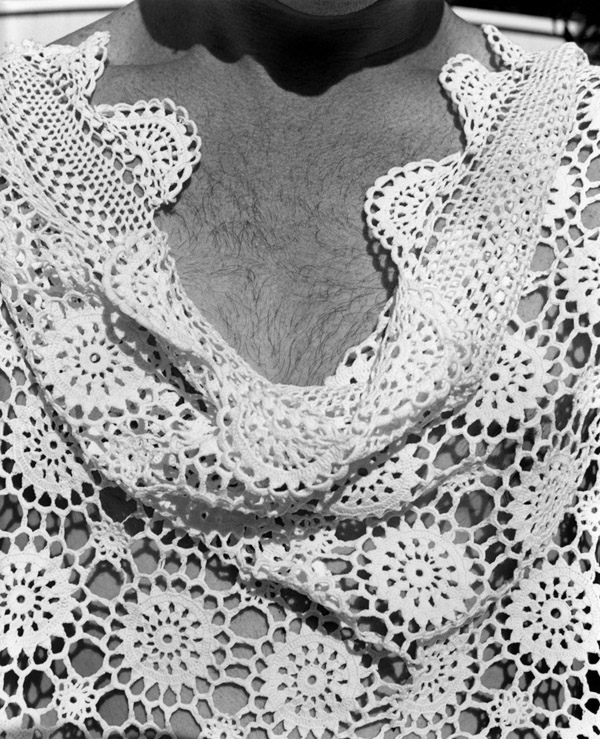




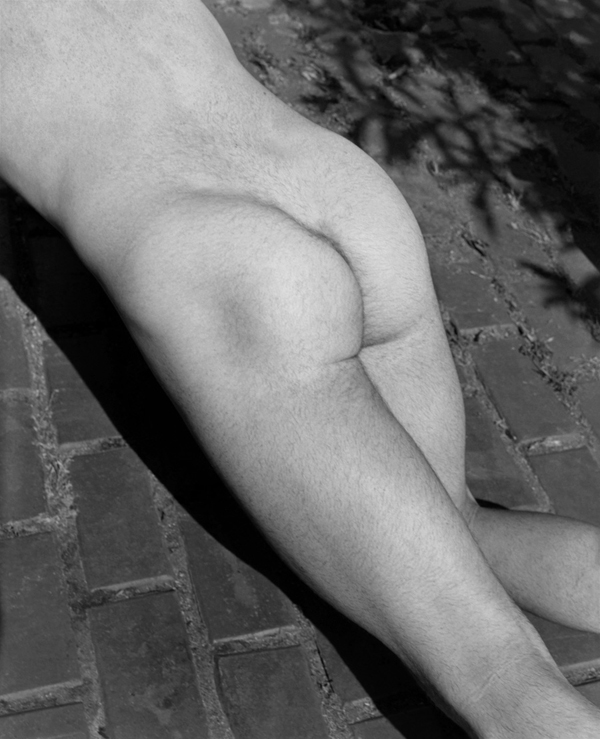




















































You must be logged in to post a comment.